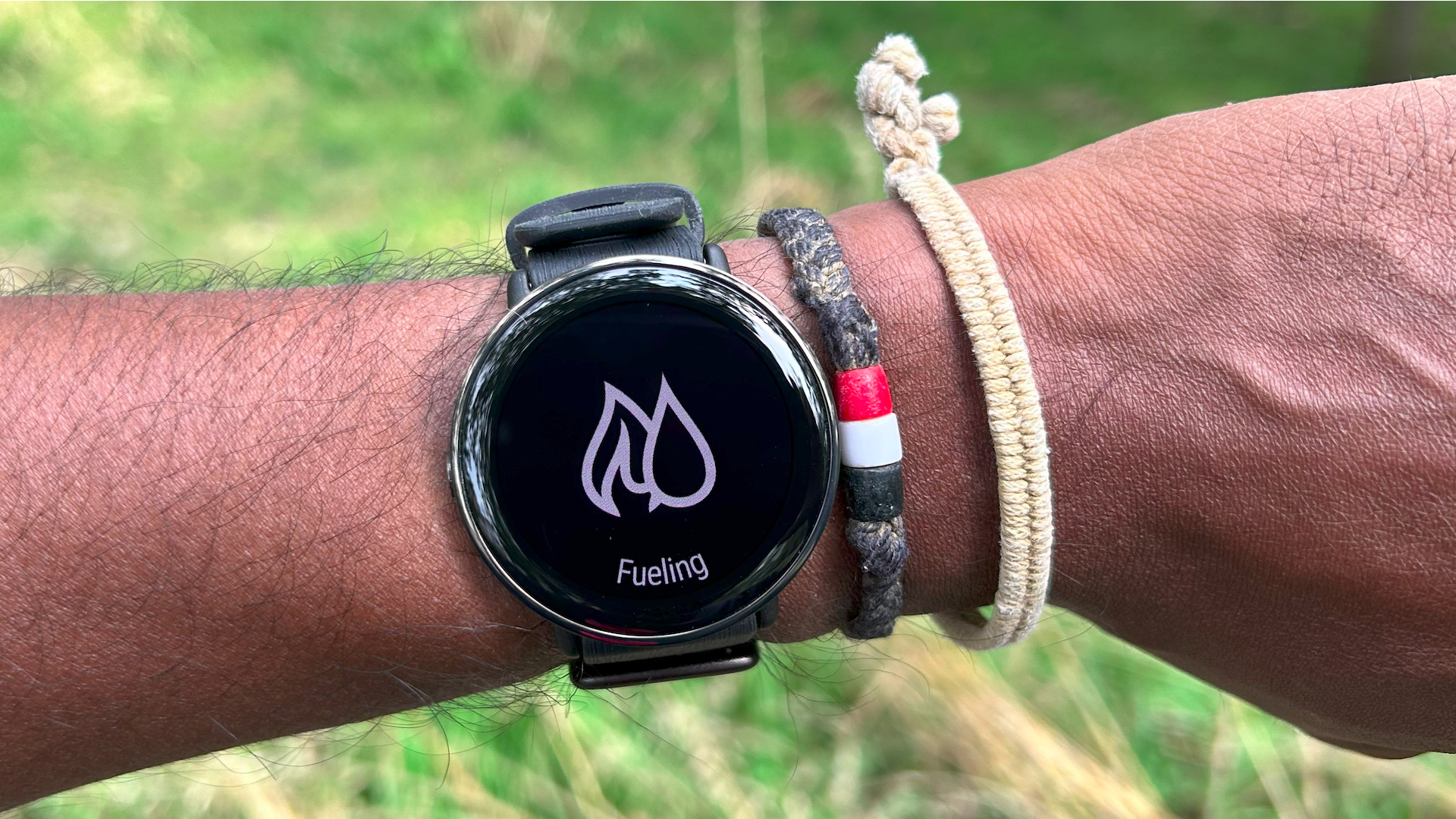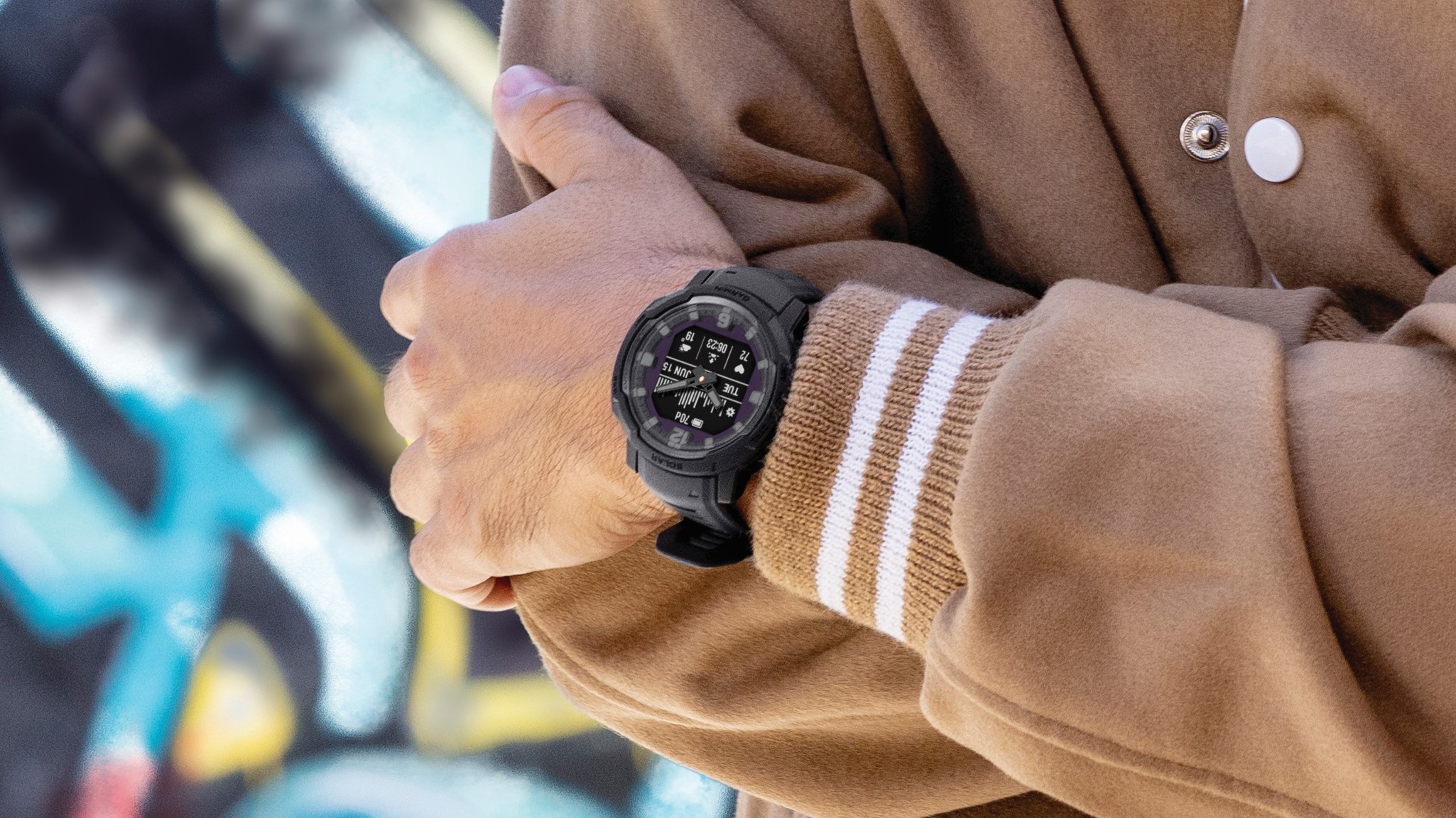Running watch vs fitness tracker: which wearable do you want?
We weigh up the differences and (increasing) similarities between a running watch versus fitness tracker

When you’re entering into the world of performance-enhancing wearables, there are a lot of questions you might ask yourself. Do you want something that just counts your steps, or a watch that can measure your VO2 max? Will you ever use all the features on a GPS watch, and can it possibly merit that enormous price tag?
While fitness trackers started out as simple step trackers, AKA the Fitbit, they’ve increasingly evolved and added functions we previously associated only with running watches, which is a timepiece with GPS capabilities and a sensor to monitor your vitals and record data about your workouts.
Whether you’re looking for something to track data, improve your endurance or provide you with GPX maps when you’re out on the trails, we’re here to help you weigh up the differences and (increasing) similarities between a running watch versus fitness tracker before you splurge.

Running watch vs fitness tracker: features
You might think that running watches have more features than fitness trackers, and for the most part, you’d be right – but before you make up your mind, know that fitness trackers have come a long way in this department. Beyond just counting steps, fitness trackers these days can offer a whole slew of functions, from measuring ECG to stress management tools. If you get a new fitness tracker today, chances are it will have more features than you’ll ever use.
A running watch, however, is bound to have even more features – we’re talking storing music, measuring your blood oxygen levels and furnishing you with recovery tips. The Amazfit Cheetah Pro even provides workouts based on your recent activities and current fitness level.
These days, either device should be able to sync easily with your phone, too.
The bottom line here is that you’re not likely to be short on features with either device, and while running watches really can offer a fantastic suite of tools, there’s a decent chance you won’t use half of them. In fact, the more features a watch has, the more confusing it might be – case in point, the unveiling of the new Apple Watch in 2023 revealed some features that had already been there for years and very few people had noticed. So before you go forking out for a watch that provides 130 different sport modes, make sure you need them.
Advnture Newsletter
All the latest inspiration, tips and guides to help you plan your next Advnture!

Running watch vs fitness tracker: sensor
Both gadgets these days are fit with an optical heart rate sensor and they’ve come a long way since their early days. That said, it’s important to know that no sensor will ever be perfect, and that’s because no two wrists are ever the same in terms of skin tone, thickness and wrist size. However, as long as you stick to a well-known brand, like Fitbit, Garmin and Suunto, you should find the results are (mostly) reliable.
Running watch vs fitness tracker: battery life
So many devices these days means we’re all constantly slightly worried about whether everything is charged, and adding a running watch or fitness tracker to your life only means more charging to stay on top of. The truth is, battery life varies wildly between models of both running watches and fitness trackers, while how you use it can have a dramatic effect on its battery life too.
A more basic fitness tracker with a smaller screen and no GPS will almost definitely have a longer battery life (think: multiple days) than a sports watch with a giant screen running GPS and playing music which might only last a day or two before needing to be charged, however there are always exceptions.
You have to remember that a smaller screen will also house a smaller battery to begin with, while sports watches like the Suunto Vertical have different battery modes that can drastically increase life span and the Garmin Instinct 2X Solar can recharge itself using sunlight while you’re running.

Running watch vs fitness tracker: durability
For the most part, the various components of either a fitness tracker or running watch are made using sturdy materials that won’t shatter when dropped, primarily polymer and sometimes aluminium and even titanium, as in the Polar Ignite 3. If you’re embarking on an IronMan in Siberia and need something ultra rugged, the AmazFit T-Rex and Garmin Fenix 6 are known for being extra tough.
Running watch vs fitness tracker: price
When we get down to brass tax, it probably won’t surprise you to know that while you can still pick up a cheap Fitbit (the Inspire 3 is under $100), you can drop a huge wad of cash on a running watch – the Garmin Enduro 2 costs an eye-watering $1200 full price. That said, many really good running watches come in around $300 - $400, like the Garmin Forerunner 265, so you don’t have to remortgage your house if you don’t want to.

Running watch vs fitness tracker: the verdict
Because fitness trackers have come on leaps and bounds since their inception, we find that it’s not so easy to pick one over the other. After all, you can find a fitness tracker that has tons of functions and isn’t hugely expensive, which definitely can make them attractive. That said, if you love tech, want practically unbounded functionality and don’t mind the price, you’ll love a running watch.
Julia Clarke is a staff writer for Advnture.com and the author of the book Restorative Yoga for Beginners. She loves to explore mountains on foot, bike, skis and belay and then recover on the the yoga mat. Julia graduated with a degree in journalism in 2004 and spent eight years working as a radio presenter in Kansas City, Vermont, Boston and New York City before discovering the joys of the Rocky Mountains. She then detoured west to Colorado and enjoyed 11 years teaching yoga in Vail before returning to her hometown of Glasgow, Scotland in 2020 to focus on family and writing.

